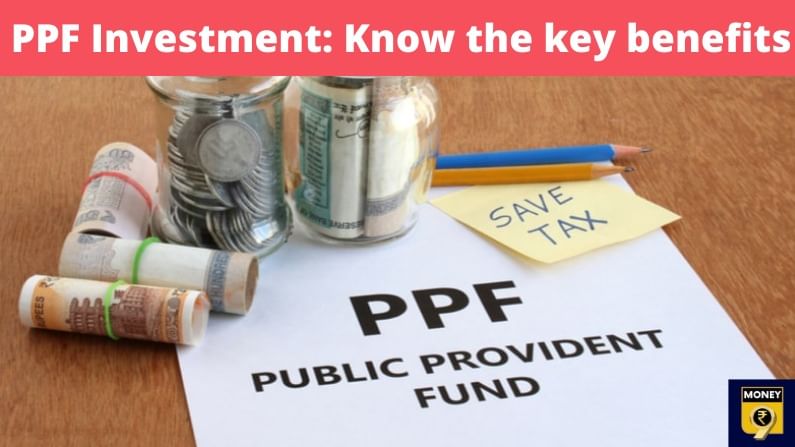PPF once offered 12% interest for almost 15 years!
The fund was launched with an inaugural interest rate of 4.8% and it took 16 years to reach double digits
- Avijit Ghosal
- Last Updated : April 2, 2021, 12:24 IST

It might appear incredible now, but Public Provident Fund (PPF) once offered an interest rate of 12% — a rate at which a deposit can become double in six years flat — and it did so for a period of almost 15 years.
Contributors to the fund benefitted from this interest rate between April1, 1986 and January 14, 2000. On January 15, 2000, the rate dived to 11%. The National Democratic Alliance led by Atal Bihari Vajpayee was in power.
PPF was launched in 1968 and between 1985-86 and February 28, 2001, subscribers got double digit interest rates.
In the current century the PPF interest rate has mainly been on a downslide except two periods when it rose marginally. On December 1, 2011, when United Progressive Alliance government led by Manmohan Singh was in power, the rate was hiked from 8% to 8.6% that was further revised upwards to 8.8% on April 1, 2012.
On April 1, 2013, the rate again began its downward journey when it was reduced to 8.7%.
The next nudge upwards of the interest rate took place on October 1, 2018 when it was revised from 7.6% to 8%, a rate that held till June 30, 2019. Significantly, the Lok Sabha elections took place in March-April 2019.
The current rate offered to subscribers is 7.1%.
The PPF scheme was introduced primarily for non-government employees and self-employed personnel to encourage savings and provide income tax benefits. Employees, who are eligible for other provident fund accounts are also allowed to open PPF accounts. If one deposits money in it regularly, one can actually utilise it as a lump sum when he reaches superannuation age irrespective of whether he was ever in active service or not.
The fund was launched with an interest rate of 4.8%. It took the rate 16 years to reach 10%.
From 1968, the rate steadily rose till it reached the peak rate of 12% on April 1, 1986.
The attraction of PPF lies in its EEE character, which means the amount invested in the fund and the interest accrued are tax-free. So is the entire amount that is available on maturity.
Another reason for the popularity is the safety the money enjoys since it has the guarantee of the Union government. Opening a PPF account is easy. It can be opened with public sector banks, a number of private sector banks and post offices too.
In June 2011, a seven-member committee led by former Reserve Bank deputy governor Shyamala Gopinath recommended that “the interest rate on the scheme may be benchmarked to 10-year G-Sec rate.”
The committee was set up following recommendations of the 13th Finance Commission for comprehensive reforms in the overall administration of the National Small Savings Fund.
Download Money9 App for the latest updates on Personal Finance.
Related
- Labour groups demand special fund for informal sector in Budget’24
- Budget 2024 may increase PF limit after 10 years
- Govt makes major reform in EPS pension scheme
- Has your PF been credited to your account? Here’s how to check
- EPFO eases rules for verification, withdrawal
- Gratuity payment: Who gets it and how much?

